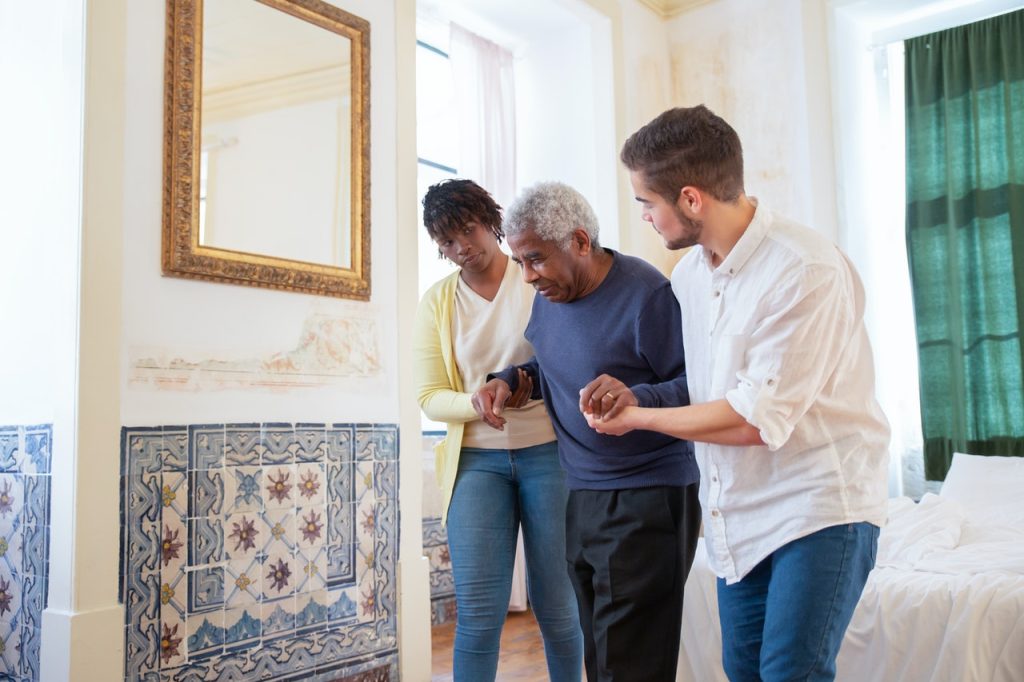
A University of Gothenburg study shows that after a stroke, physical activity can be pivotal to successful recovery. People who spend four hours a week exercising after their stroke achieve better functional recovery within six months than those who do not.
The study, published in JAMA Network Open, analysed data from 1500 stroke patients who were grouped according to their post-stroke patterns of physical activity.
The results show that increased or maintained physical activity, with four hours’ exercise weekly, doubled the patients’ chances of recovering well by six months after a stroke. Men and people with normal cognition kept up an active life relatively more often, with better recovery as a result.
Positive programming from exercise
The researchers have previously succeeded in demonstrating a clear inverse association between physical activity and the severity of stroke symptoms at the actual onset of the condition. These new findings highlight the importance of maintaining a healthy, active lifestyle after a stroke.
The first and corresponding author of the study, Dongni Buvarp, is a researcher in clinical neuroscience at Sahlgrenska Academy, University of Gothenburg. Besides her research internship, she is a resident doctor at an initial stage of specialist training at Sahlgrenska University Hospital.
“Physical activity reprograms both the brain and the body favourably after a stroke. Exercise improves the body’s recovery at the cellular level, boosts muscle strength and well-being, and reduces the risk of falls, depression, and cardiovascular disease. Regardless of how severe the stroke has been, those affected can derive benefits from exercising more,” she says.
Knowledge and support vital
“Being physically active is hugely important, especially after a stroke. That’s a message that health professionals, stroke victims and their loved ones should all know. Women and people with impaired cognition seem to become less active after stroke. The study results indicate that these groups need more support to get going with physical activity,” Buvarp says.
One weakness of the study is that, with a few exceptions, the researchers were unable to study the participants’ degree of activity before the stroke. The patients included were treated in Sweden in the period from 2014 to 2019.
Source: University of Gothenburg

